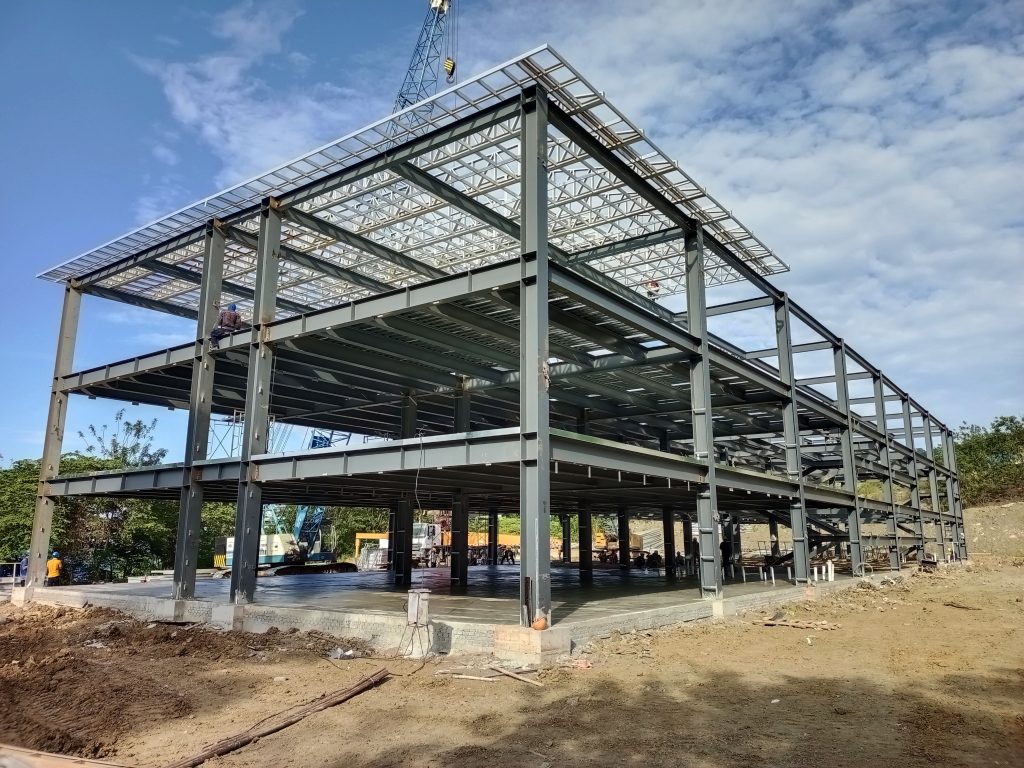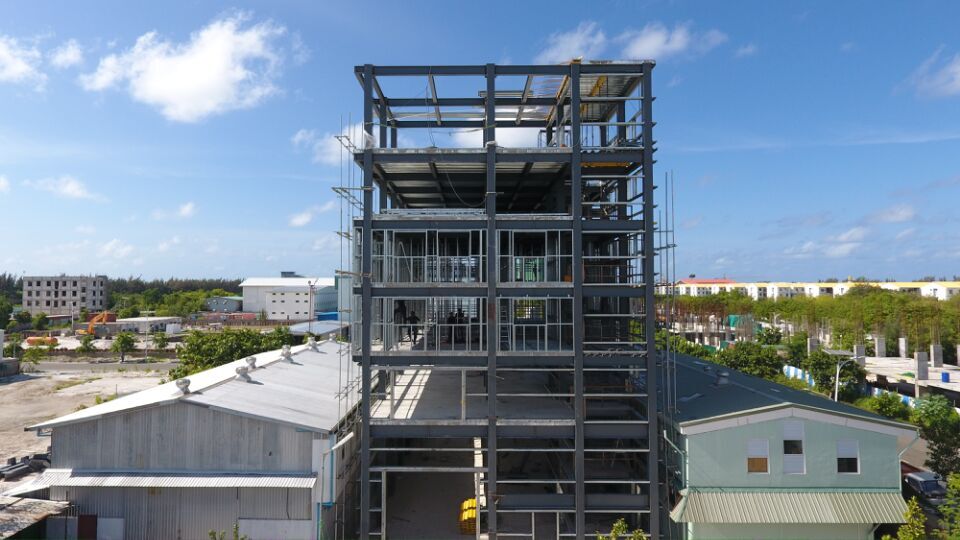Steel infrastructure is increasingly seen as a sustainable solution for building the structures of tomorrow. Through efficient design, recyclability, longevity and adaptability, steel framing creates a framework for a sustainable built environment.
Contractors like the Lida Group build metal warehouses, steel structure houses and other structural steel buildings that prioritize sustainability. Several factors make steel one of the “greener” building materials:
Design Efficiency: Steel structures use minimal material to achieve maximum effect. Their simple geometries and repetitiveness allow for less wasted resources. Strong yet slim components minimize material usage while maximizing usable spaces. Open floor plans reduce the need for interior partitions.
Recyclability: Steel is one of the world’s most recycled materials, with nearly 100% of structural steel recycled at the end of a building’s life. Steel buildings can be disassembled and the material reclaimed for new construction. This circular economy keeps steel in perpetual reuse.
Durability: Steel constructions are designed to last 50-100 years or more with minimal maintenance. Repairability and upgradability ensure buildings remain functional over decades. Steel structures thus avoid the high embodied impacts of frequent replacements and rebuilds. Their longevity aligns with principles of sustainable design.

Adaptability: Steel buildings remain relevant over time through changes of use, reconversions and expansions. Removable panels and replaceable connections facilitate reuse of steel frameworks. This adaptability maximizes value from materials over the long run.
Green Manufacturing: Modern steelmaking processes utilize scrap steel as a resource and employ efficient electric-arc furnaces. Strategic material selections utilize high-strength steels that minimize thickness requirements. Responsible sourcing programs ensure suppliers meet sustainability standards.
In summary, through holistic designs prioritizing efficiency, circulation, longevity and adaptability, contractors are creating the sustainable steel infrastructure of tomorrow. From urban skylines to industrial parks, structural steel frameworks offer communities durable, upgradable built environments that minimize material waste and environmental impacts.

As populations grow and the need for sustainable, future-fit buildings increases, steel infrastructure presents a viable pathway forward. With innovative engineering, thoughtful material selections and circular solutions that keep resources in use, steel framing provides the fundamental supports needed to build thriving, sustainable cities for generations to come.
Structural steel represents a framework not just for individual structures, but for the sustainable built environments of the future. By embracing steel infrastructure as a foundational element of sustainability strategy, architects, engineers and contractors can help create the resilient, adaptable and durable frameworks humanity needs to flourish for centuries to come.

Related news
-
Industrial Origins, Infinite Possibilities: The Evolution of Steel Construction
2023-08-04 15:21:32
-
Strength Within Simplicity: The Elegance of Essential Steel Structures
2023-08-04 16:46:20
-
Minimal Footprint, Maximum Impact: How Steel Frame Buildings Maximize Space Utilization
2023-08-04 16:34:04
contact us
- Tel: +86-532-88966982
- Whatsapp: +86-13793209022
- E-mail: sales@lidajituan.com


